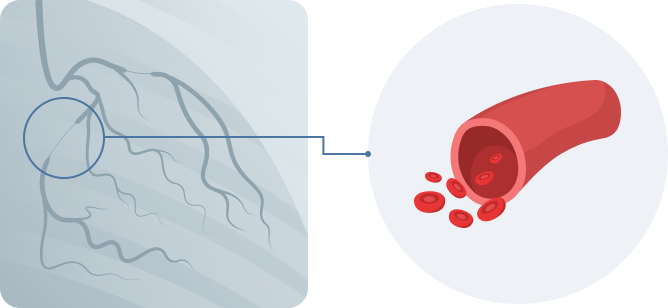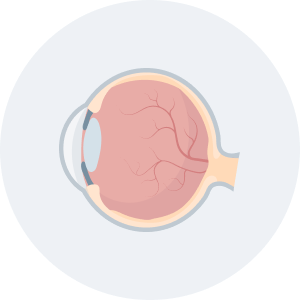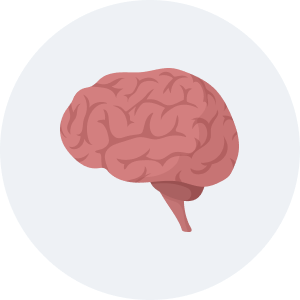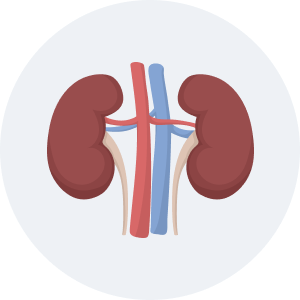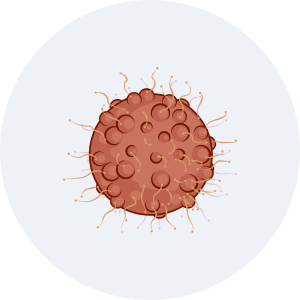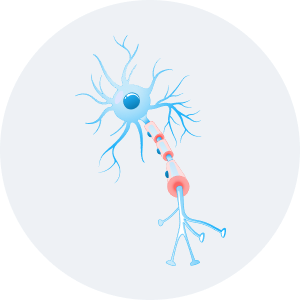Our Science
Our Approach
By modifying endothelial cell signaling, INGENIA technology provides breakthrough vascular therapeutics.
Based on our deep understanding of endothelial biology, we found a unique way to halt, recover, and restore abnormal blood vessels by modifying a clinically validated signaling pathway. Our target pathway is required for blood vessel development and has a critical role in the control of vascular stability. The pathway controls vascular permeability, inflammation, and pathological angiogenic responses.
Diseases that are caused by aging and defective blood vessels are very diverse and often challenging to manage or treat.
Inflamed and leaky blood vessels are found in many human diseases and conditions, including vascular complications of diabetes, retinal diseases, inflammatory diseases, cancer, and vasculitis. The re-establishment of a structurally and functionally stable vasculature would be beneficial to treat and manage these disease and conditions.
Restoring Defective Blood Vessel by INGENIA Technology
Leaky, inflamed, & angiogenic vessel (Disease)
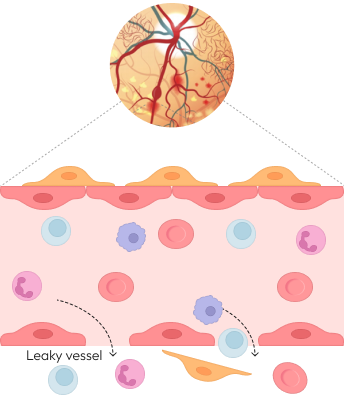
- Inflammation
- Hypoxia
- Angiogenesis

Non-leaky & healthy vessel
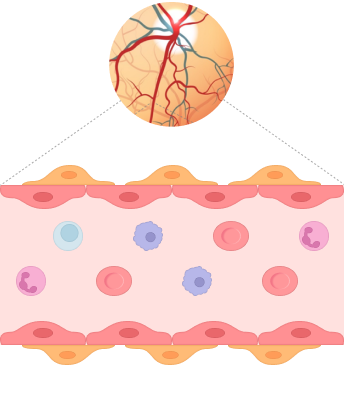
- Inflammation
- Hypoxia
- Angiogenesis
-
 Red blood cell
Red blood cell
-
 T Lymphocyte
T Lymphocyte
-
 Neutrophil
Neutrophil
-
 Macrophage
Macrophage
-
 Pericyte
Pericyte
-
 Endothelial
Endothelial
Core Technology
Tie2, Gatekeeper for stable & healthy blood vessels
Unique & Strong therapheutic efficacy and durability

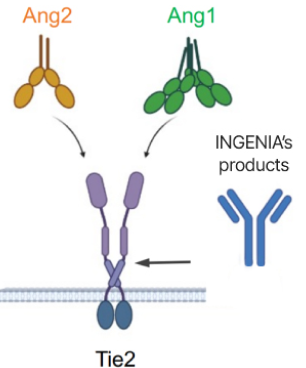
- Directly bind & activate Tie2
- Independent of Ang1/Ang2 levels
- Prevent Tie2 from cleavage by proteases
- • Tie2: tyrosine kinase receptor dominantly expressed in endothelial cells
- • Ligands: angiopoietin-1 (Ang-1), angiopoietin-2 (Ang-2)
Active Tie2 is critical for stable and non-leaky vessels, and Tie2 agonism can provide benefit to patients.⁽¹⁾
INGENIA’s lead candidates may have more potent and durable effect on endothelia cells.
References
- 1.
Augustin HG, Koh GY, Thurston G, Alitalo K. Control of vascular morphogenesis and homeostasis through the angiopoietin-Tie system.
Nat Rev Mol Cell Biol. 2009 Mar;10(3):165-77

